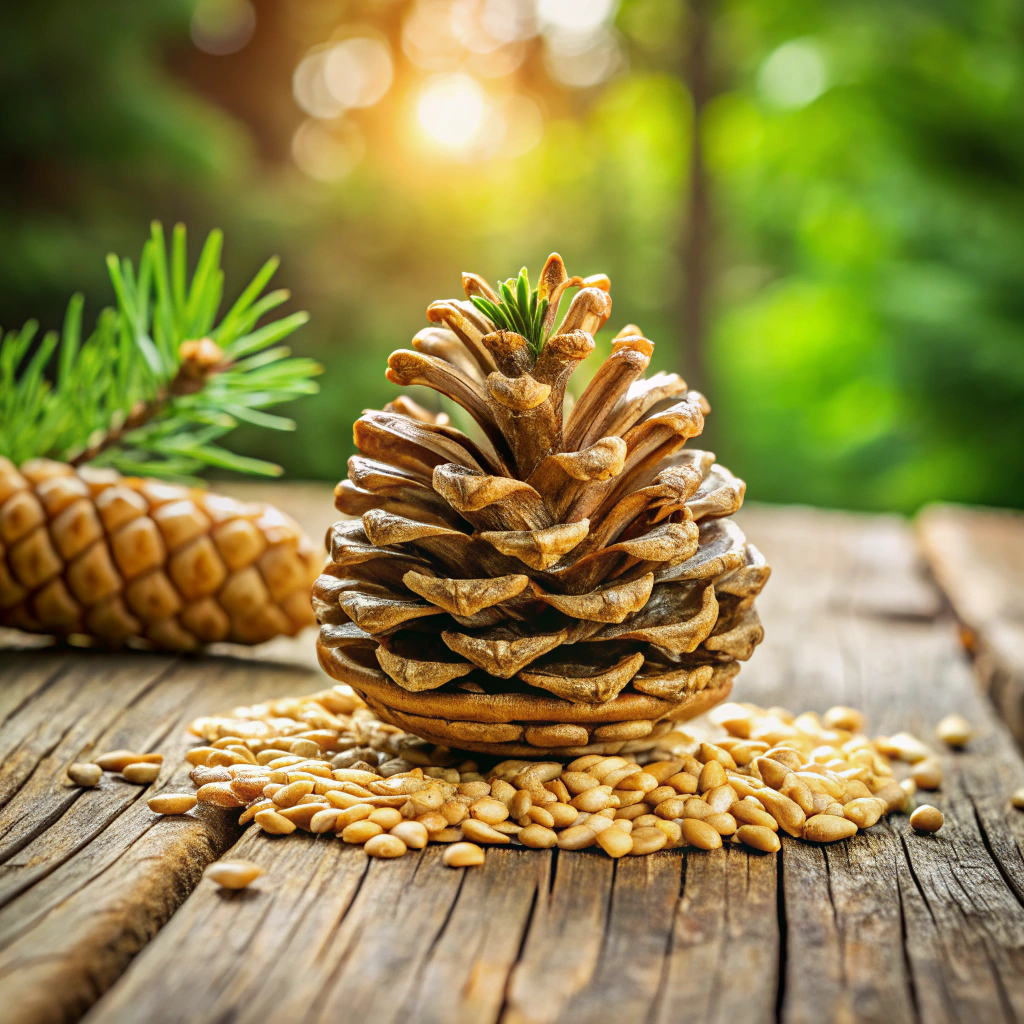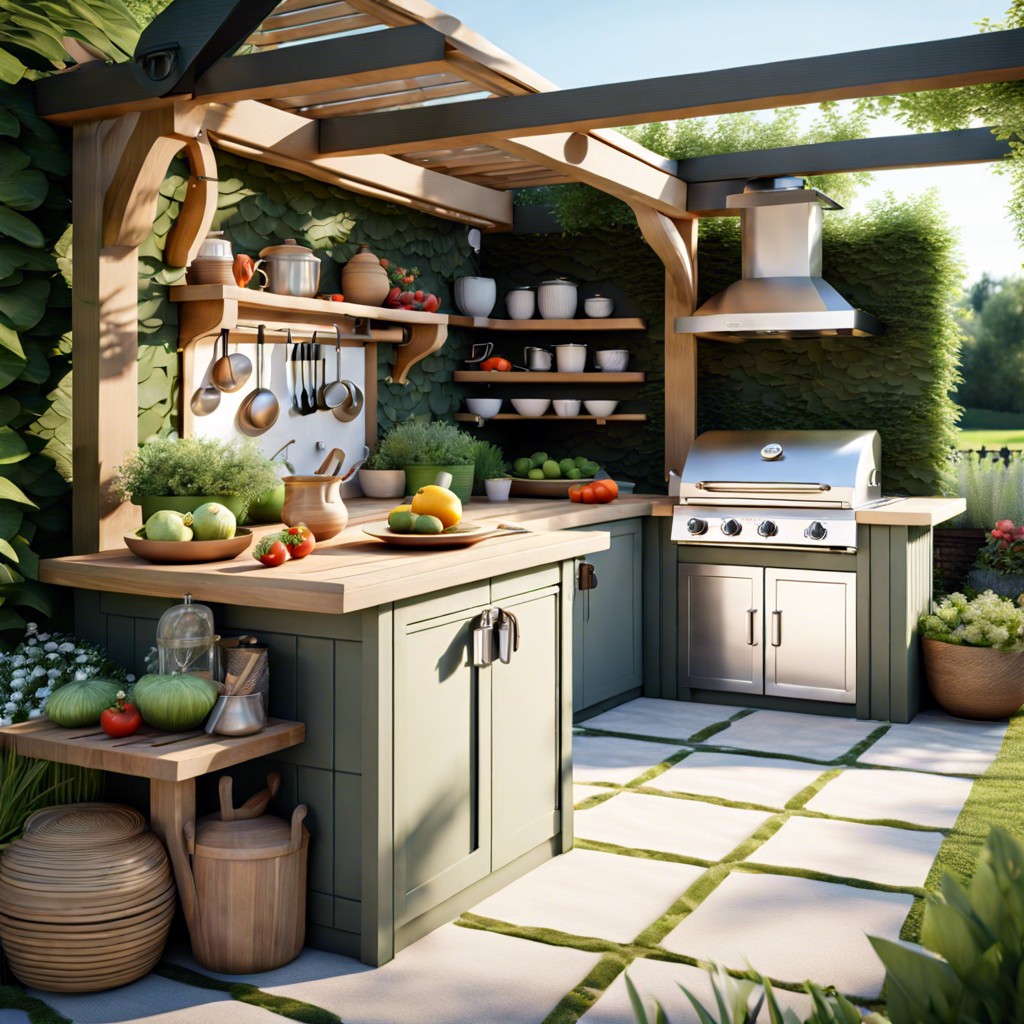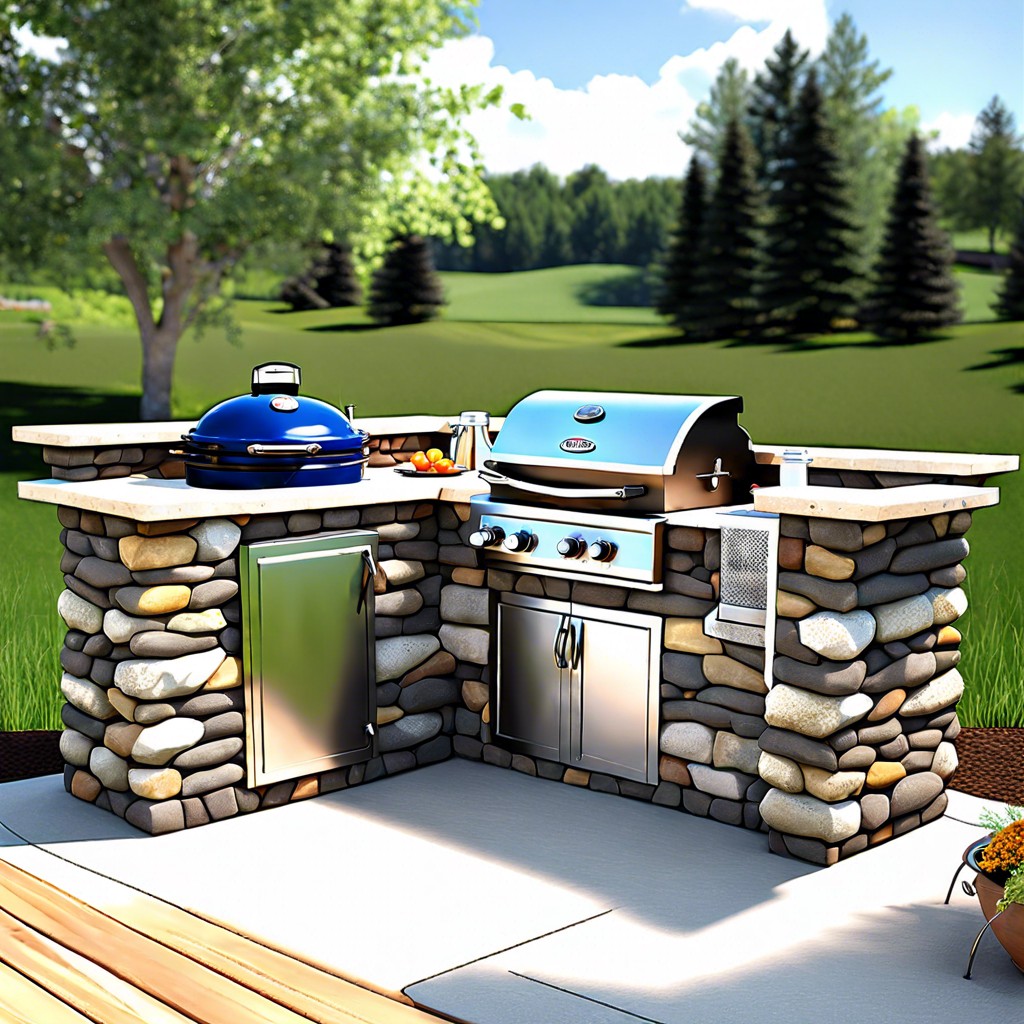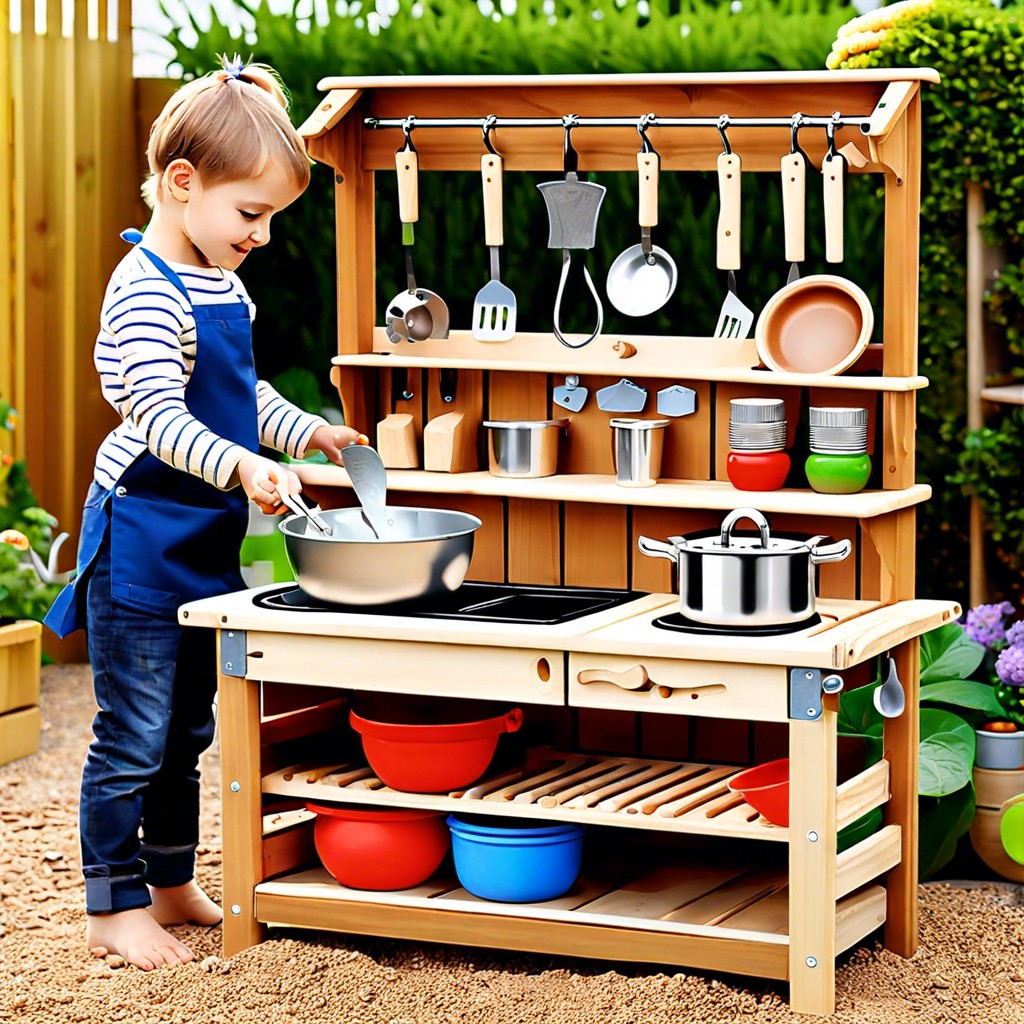Last updated on
Explore the possibilities and challenges of using kitchen cabinets outdoors, a creative solution to enhance your outdoor living space.
If you’re someone who loves to entertain outdoors, then you know how important it is to have functional and stylish storage solutions for all your outdoor essentials. One question that often comes up when it comes to outdoor decorating is whether or not you can use kitchen cabinets outside.
After all, kitchen cabinets are designed for indoor use, right? Well, the answer might surprise you. In this article, we’ll explore the possibility of using kitchen cabinets in outdoor spaces and discuss some important factors to consider before making a decision.
So let’s dive in and see if bringing your kitchen cabinets outdoors is a viable option!
What's Inside
Understanding the Different Types of Kitchen Cabinets
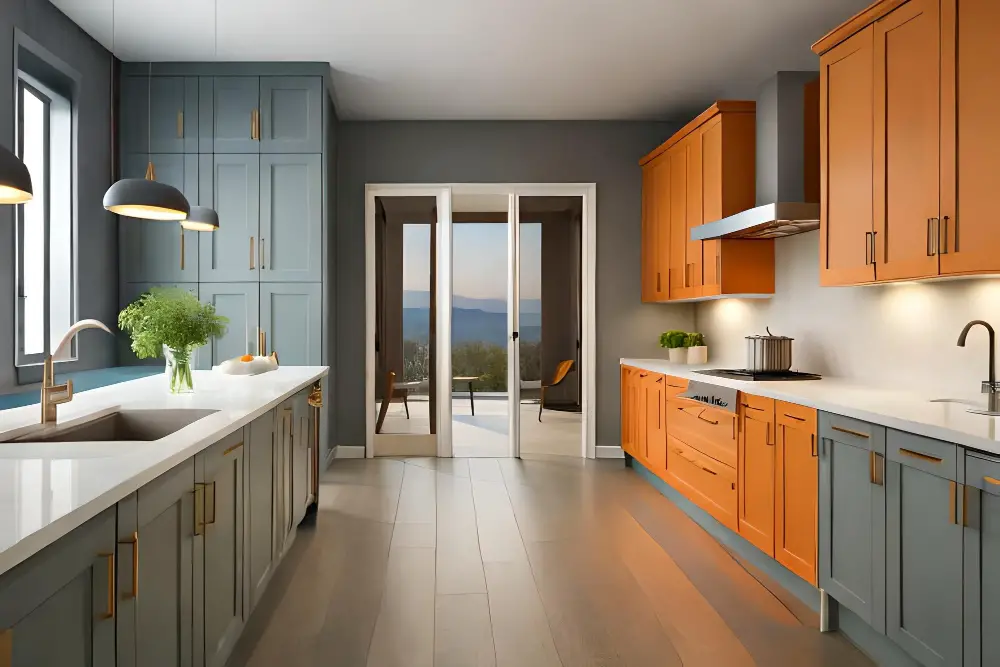
Understanding these different types is crucial before considering using them outdoors. Each type has its own unique features and characteristics that can impact their suitability for outdoor use.
One common type of kitchen cabinet is the base cabinet, which sits on the floor and provides a sturdy foundation for your countertop. These cabinets typically have drawers or shelves for storage purposes.
Wall cabinets, as the name suggests, are mounted on walls above countertops and provide additional storage space.
Another popular option is tall or pantry cabinets that offer vertical storage solutions with adjustable shelves to accommodate items of varying heights. Corner cabinets maximize space utilization in kitchens by fitting into corners seamlessly.
Specialty kitchen cabinets such as sink base units house plumbing fixtures like sinks while also providing storage underneath. You may come across open shelving options that create an airy feel in your indoor kitchen but might not be suitable for outdoor environments due to exposure to weather elements.
The Feasibility of Using Kitchen Cabinets Outdoors
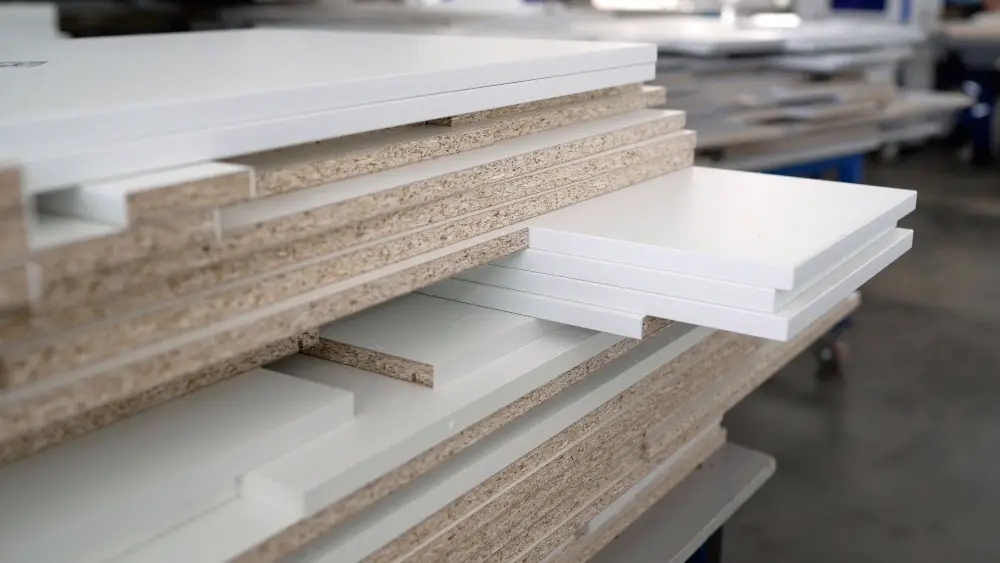
While kitchen cabinets are primarily designed for indoor use, with proper precautions and modifications, they can indeed be utilized in outdoor spaces.
One of the first considerations is the climate in your area. Outdoor environments expose cabinets to various weather conditions such as rain, humidity, extreme temperatures, and sunlight exposure.
These elements can cause damage to traditional indoor cabinetry materials like wood or MDF (medium-density fiberboard). However, there are weather-resistant options available that can withstand these challenges.
Another factor to consider is the location where you plan to install your outdoor kitchen cabinets. If they will be placed under a covered patio or pergola that provides protection from direct exposure to rain and sunlight, then using regular indoor cabinetry may be more feasible.
On the other hand if you intend on placing them in an open area without much shelter from harsh elements then opting for specifically designed outdoor cabinetry would be more suitable.
The type of usage should also influence your decision-making process.For instance,outdoor kitchens used frequently for cooking might require sturdier materials compared to those used solely for storage purposes.Frequent cleaning,maintenance,and durability become crucial aspects when considering whether or not standard kitchen cabinets will suffice outdoors.
Lastly,it’s important not only think about functionality but also aesthetics.Outdoor living spaces often have their own unique design styles,and incorporating traditional indoor cabinet designs may clash with this aesthetic.However,outdoor-specific cabinet styles offer a wide range of options that blend seamlessly into any exterior decor theme while still providing ample storage space.
Evaluating the Perfect Spot for Outdoor Kitchen Cabinets
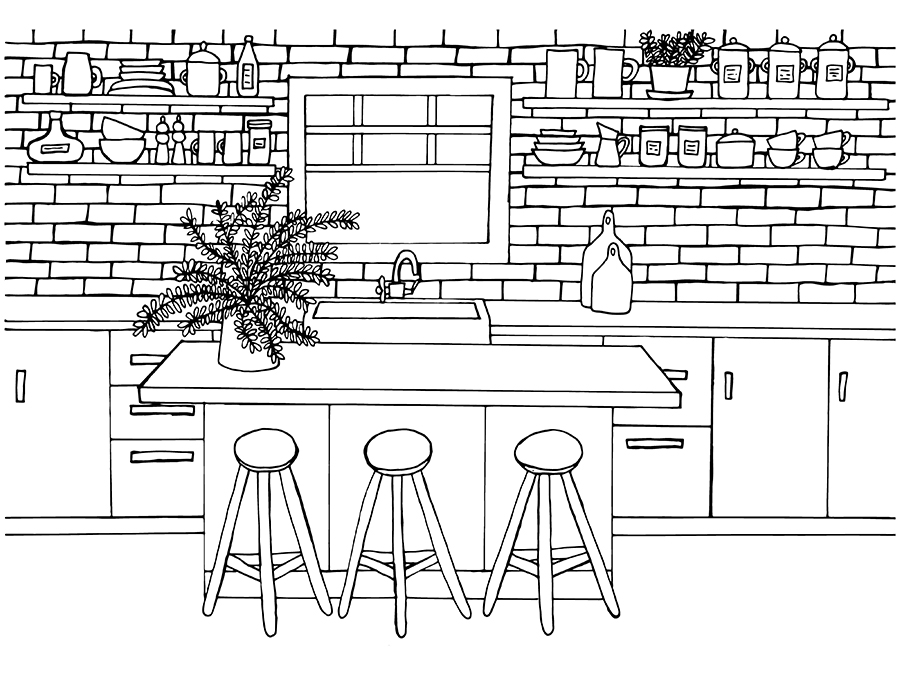
After all, you want your cabinets to not only be functional but also seamlessly blend with your outdoor living space. Evaluating the perfect spot requires careful consideration of various factors.
Firstly, think about how you plan to use your outdoor kitchen. Do you envision a cozy corner near the patio where you can prepare meals while still being part of the social gathering? Or perhaps a more centralized location that allows for easy access from different areas of your backyard? Understanding how you will utilize this space will help determine where exactly to place your cabinets.
Next, consider practicality and convenience. Look for an area that provides sufficient counter space and storage capacity without obstructing foot traffic or impeding other activities in your yard.
You’ll want enough room around the cabinets so that opening doors or drawers doesn’t become cumbersome.
Take into account natural elements such as sunlight exposure and wind patterns when choosing a location for outdoor kitchen cabinets. Direct sunlight can cause fading or warping over time if not properly protected by shade structures or awnings.
Similarly, strong winds may affect cabinet stability if they are placed in an overly exposed area.
Lastly, aesthetics play a significant role in determining placement as well – after all; we want our outdoor spaces to look visually appealing! Consider how placing the cabinetry complements existing features like landscaping elements or architectural structures nearby.
Determining the Correct Size of Outdoor Kitchen Cabinets
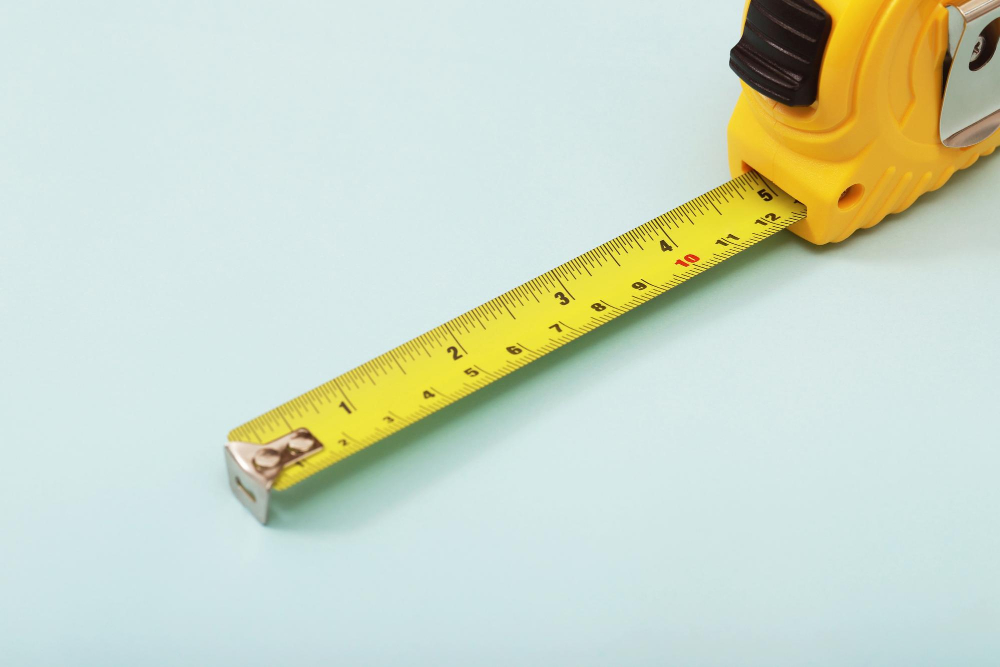
First and foremost, you’ll need to assess the available space in your outdoor area. Measure the area where you plan on installing the cabinets and take note of any obstacles or limitations that may affect their size.
Next, think about how you intend to use your outdoor kitchen. Are you planning on hosting large gatherings with friends and family? Or do you prefer more intimate gatherings? The number of people using your outdoor space will help determine how much storage capacity is needed.
Consider what items or appliances will be stored in these cabinets. Will they primarily house cooking utensils, dishes, and glassware? Or do you also need room for larger items like grilling tools or small appliances?
Think about future needs as well. If there’s a possibility that your entertaining habits might change over time or if new equipment might be added down the line (such as an additional grill), it’s wise to account for potential growth when deciding on cabinet dimensions.
By carefully considering these factors – available space, intended use of the cabinets, items/appliances being stored inside them, and potential future needs – you can determine the correct size of your outdoor kitchen cabinets.
Key Factors to Consider for Outdoor Cabinets
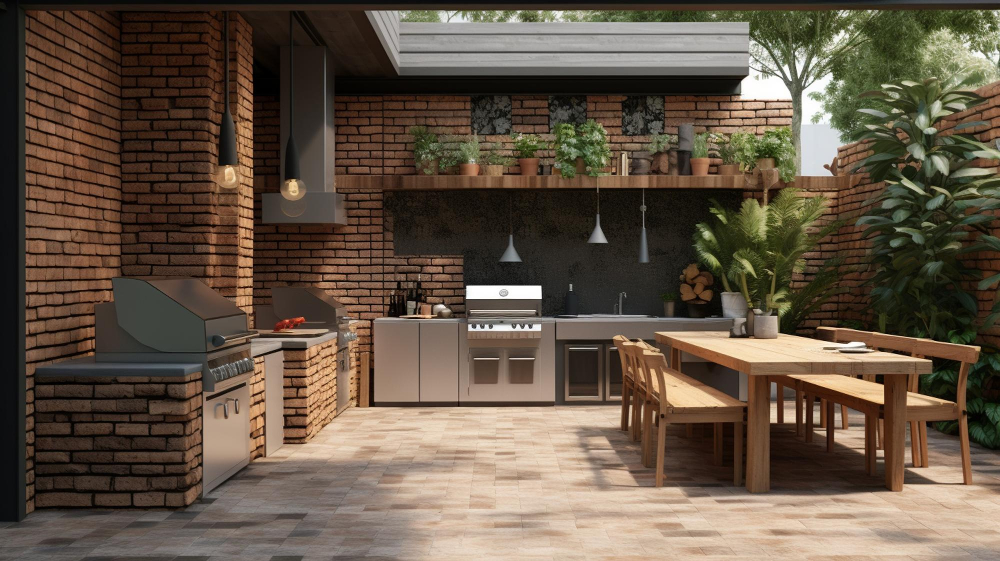
These factors will help ensure that your outdoor cabinets not only look great but also withstand the elements and serve their purpose effectively.
Firstly, it’s important to consider the climate in which you live. Outdoor cabinets will be exposed to various weather conditions such as rain, humidity, extreme heat or cold, and even direct sunlight.
Therefore, selecting materials that are specifically designed for outdoor use is crucial. Look for options like stainless steel or marine-grade polymer which are known for their durability and resistance against moisture.
Next on the list of considerations is proper ventilation. Unlike indoor kitchens where air circulation is usually well-regulated by windows or exhaust fans, outdoor spaces may lack this natural airflow mechanism.
Without adequate ventilation in your outdoor cabinet design, moisture can build up inside leading to mold growth and damage over time.
Another factor worth noting is pest control measures. Insects and critters can pose a threat to both the structure of your cabinets as well as any items stored within them if they manage to find their way inside through gaps or openings in poorly constructed units.
Lastly but certainly not least important – security! Outdoor areas tend to be more vulnerable compared with indoor spaces when it comes to theft or unauthorized access attempts due simply because they’re less supervised than interior rooms typically would be during gatherings at home parties etcetera.. So make sure you invest in secure locks mechanisms when choosing hardware components like handles hinges latches etcetera.
By carefully considering these key factors – climate resilience, ventilation requirements, pest control measures, and security features – you’ll be able to select suitable materials and design an efficient layout for your outdoor kitchen cabinetry.
Changes Needed to Make Indoor Cabinets Suitable for Outdoors
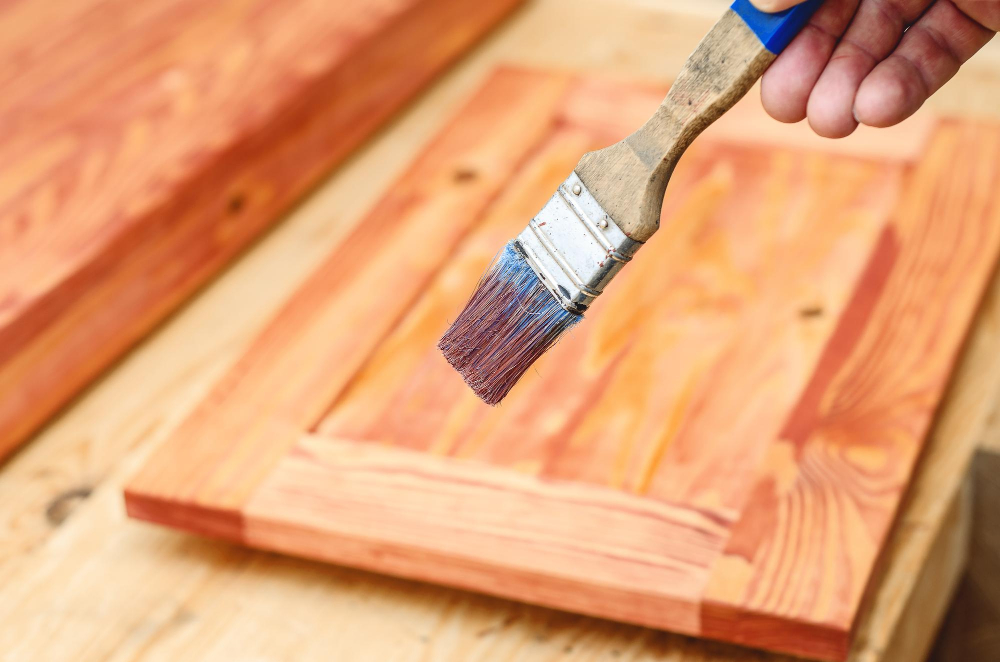
While indoor cabinets may not be designed to withstand the elements, with a few changes and precautions, they can be transformed into durable and weather-resistant storage solutions for your outdoor space.
One of the key changes needed is treating the cabinets with appropriate protective coatings. Outdoor environments expose furniture to harsh conditions such as sunlight, rain, humidity, and temperature fluctuations.
To make your indoor cabinets suitable for these conditions, you’ll need to apply sealants or finishes that provide protection against moisture damage and UV rays.
Reinforcing the structure of the cabinet is crucial when transitioning them from indoors to outdoors. This involves adding extra support or bracing in areas prone to stress or potential water damage.
Reinforcing joints with waterproof adhesives can also help prevent warping or loosening over time.
Another essential modification is replacing any hardware that may rust due to exposure outside. Opting for stainless steel hinges and handles will ensure longevity in an outdoor setting where moisture levels are higher than indoors.
Lastly but importantly consider ventilation needs when adapting indoor kitchen cabinets for outdoor use; proper airflow helps prevent mold growth caused by trapped moisture inside closed spaces.
Selecting the Appropriate Material for Outdoor Kitchen Cabinets
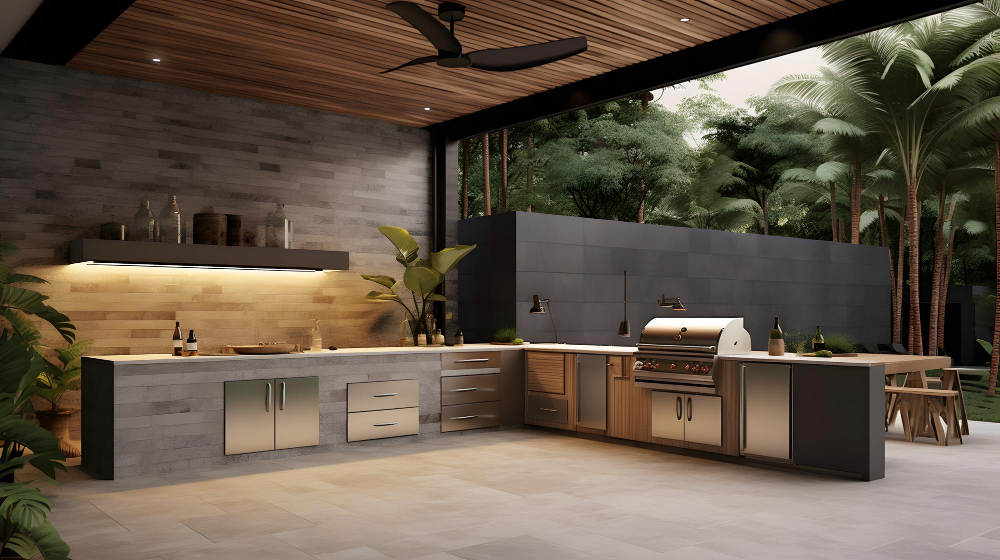
Since these cabinets will be exposed to the elements, it’s crucial to choose materials that can withstand various weather conditions and provide long-lasting durability.
One popular choice for outdoor kitchen cabinets is stainless steel. Not only does stainless steel offer a sleek and modern look, but it is also highly resistant to rust and corrosion.
This makes it an excellent option for areas with high humidity or near saltwater environments.
Another durable material often used in outdoor cabinetry is marine-grade polymer. This synthetic material is specifically designed to resist fading, cracking, warping, and other damage caused by exposure to sunlight or moisture.
It’s an ideal choice if you want low-maintenance cabinets that can handle harsh weather conditions without losing their aesthetic appeal.
For those seeking a more natural look, teak wood can be an excellent option as well. Teak wood has inherent properties that make it resistant against rotting and decay due its natural oils content which acts as a protective barrier against water damage.
It’s important not only consider the durability of the materials but also their ability blend seamlessly with your overall design scheme while providing functionality outdoors.
Weather Resistant Materials for Outdoor Kitchen Cabinets
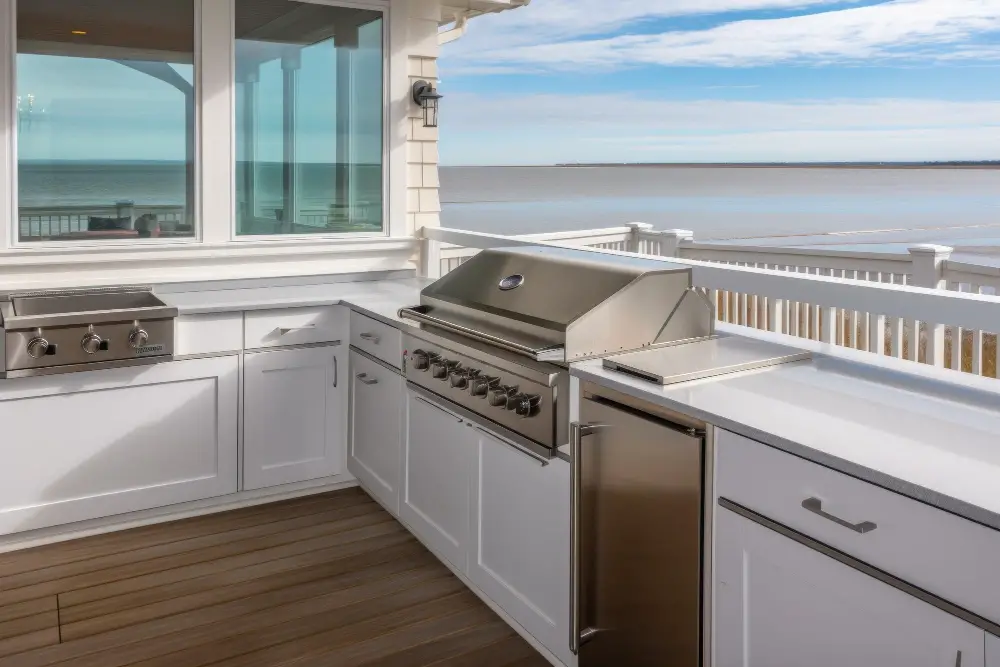
Outdoor kitchen cabinets are exposed to various weather conditions, including rain, sunlight, and extreme temperatures. Therefore, opting for weather-resistant materials is essential in ensuring their durability and longevity.
There are several excellent options available for outdoor kitchen cabinet materials that can withstand these challenging elements. One popular choice is stainless steel.
Not only does stainless steel offer a sleek and modern look to your outdoor space but it also possesses exceptional resistance against rusting and corrosion.
Another durable material option for outdoor cabinets is marine-grade polymer or HDPE (high-density polyethylene). This material has excellent moisture resistance properties which make it ideal for withstanding rain showers without warping or deteriorating over time.
Certain types of wood such as teak or cedar can be suitable choices if properly treated with sealants or finishes designed specifically for outdoor use. These woods have natural oils that provide inherent protection against rotting and insect damage while adding a touch of warmth and elegance to your outdoor area.
Remember that when selecting weather-resistant materials for your outdoor kitchen cabinets, always prioritize quality over cost savings. Investing in high-quality materials will ensure that your cabinets remain sturdy even after years of exposure to harsh environmental conditions.
By choosing the right weather-resistant material suited for your specific climate zone along with proper maintenance practices like regular cleaning and sealing treatments as needed; you can enjoy beautiful yet functional cabinetry in your al fresco cooking oasis year-round!
Outdoor Kitchen Cabinet Styles
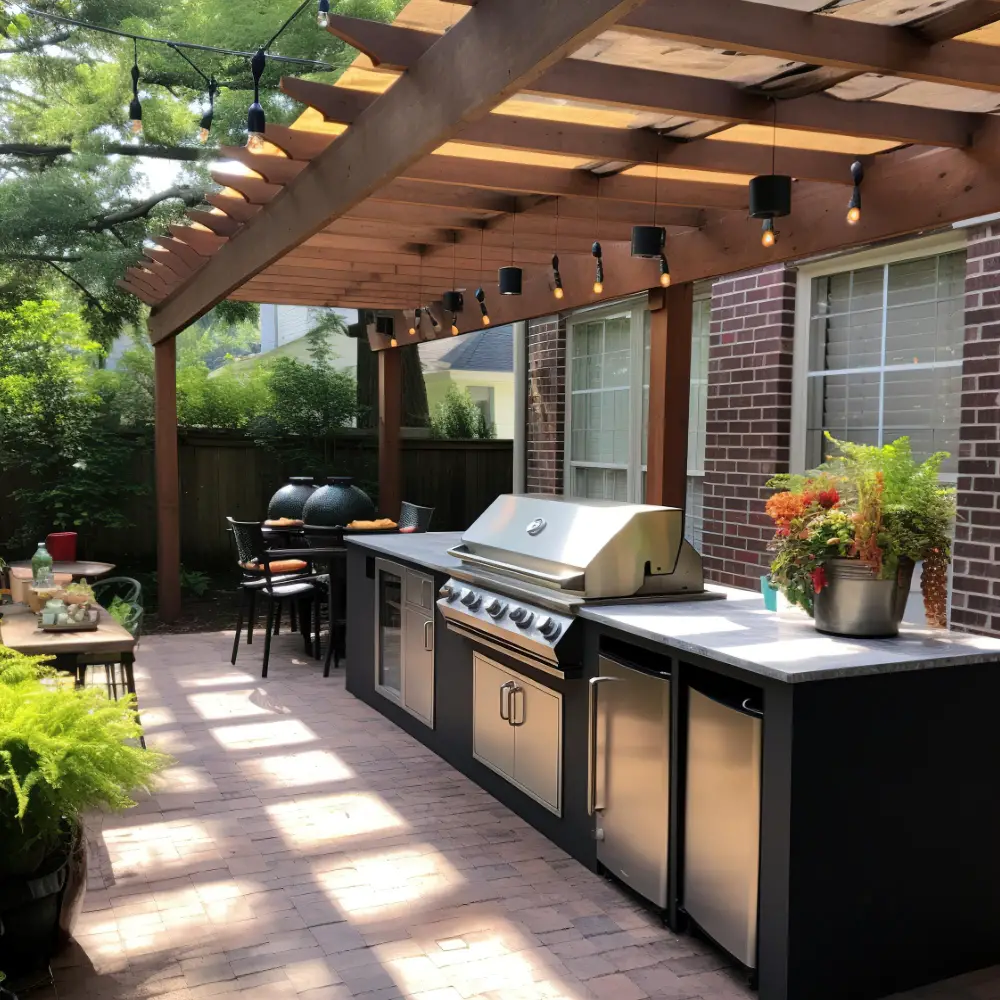
Just like indoor cabinets, outdoor cabinets come in various designs and finishes to suit different aesthetic preferences. Whether you prefer a sleek modern look or a rustic charm, there is a style that will complement your outdoor space.
For those who love contemporary design, stainless steel cabinets are an excellent choice. Not only do they provide a sleek and sophisticated appearance but they also offer durability and resistance against harsh weather conditions.
Stainless steel cabinets can withstand rain, sun exposure, and temperature fluctuations without losing their shine.
If you’re aiming for a more traditional or rustic feel in your outdoor kitchen area, wooden cabinets might be the perfect fit for you. Wood adds warmth and natural beauty to any space while creating an inviting atmosphere for gatherings with family and friends.
Another popular option is polymer-based cabinetry which offers both style versatility as well as exceptional durability against moisture damage caused by rain or humidity.
Ensuring Security of Outdoor Kitchen Cabinets
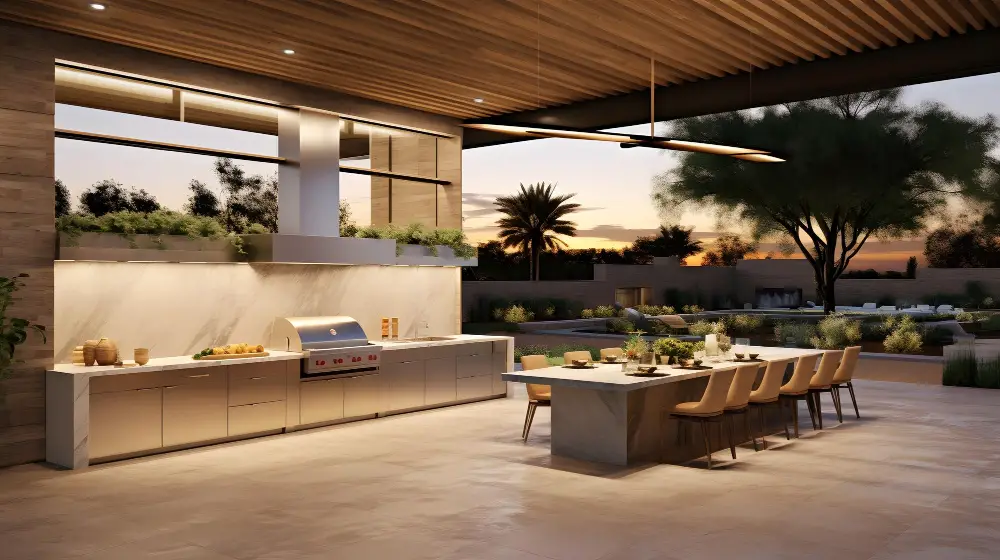
After all, you want to protect your investment and keep your outdoor space looking its best for years to come. So how can you ensure the security of your outdoor kitchen cabinets?
Firstly, consider the location of your cabinets. Placing them in a well-lit area or within view from inside the house can deter potential thieves.
Installing motion sensor lights around the cabinet area adds an extra layer of security.
Next, think about incorporating locks into your cabinet design. There are various types available such as key locks or combination locks that provide added protection against unauthorized access.
Choosing durable materials for construction is also crucial in enhancing security measures for outdoor kitchen cabinets. Opting for sturdy materials like stainless steel or weather-resistant wood will make it harder for intruders to break into them.
Lastly, don’t forget about proper maintenance and regular inspections! Regularly check hinges and latches on doors and drawers to ensure they are functioning properly and replace any damaged parts promptly.
Benefits of Installing Outdoor Kitchen Cabinets
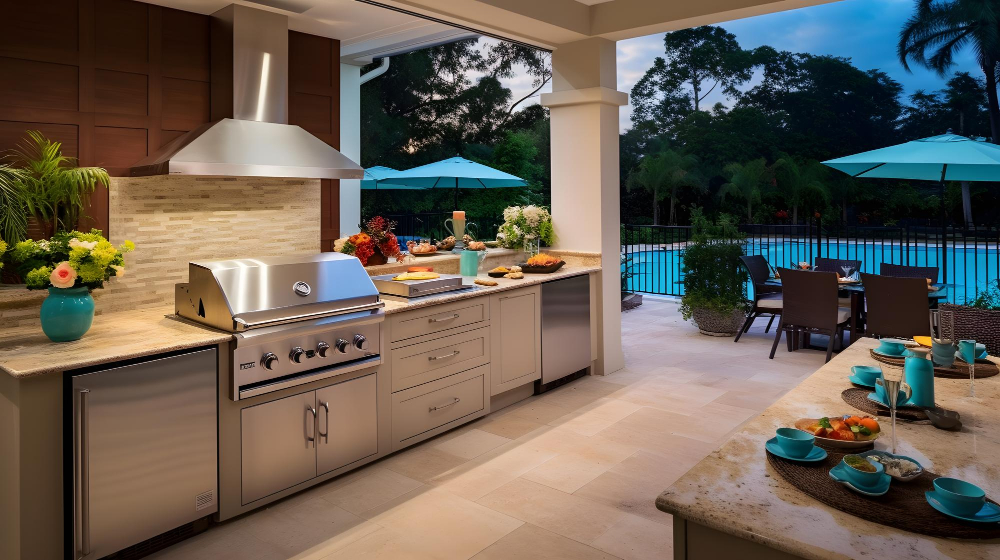
By installing these cabinets in your outdoor space, you’ll not only add functionality but also elevate the overall aesthetic appeal.
One of the primary advantages of having outdoor kitchen cabinets is the convenience they provide. Imagine having all your cooking utensils, plates, and glasses readily available right where you need them when hosting a backyard barbecue or an intimate dinner party under the stars.
With properly installed and organized outdoor cabinets, everything will be within arm’s reach, saving you time and effort.
These cabinets offer ample storage space for all your outdoor essentials such as grilling tools, cleaning supplies for maintenance purposes or even extra cushions for patio furniture during inclement weather conditions.
Another benefit worth mentioning is that by utilizing dedicated storage solutions like waterproof cabinetry designed specifically for outdoors; it helps protect valuable items from exposure to harsh elements like rain or extreme temperatures which could otherwise cause damage over time.
Furthermore,outdoor kitchen cabinet designs are now available in various styles and finishes to complement any type of exterior decor theme – whether it’s modern minimalism or rustic charm – allowing you to create a cohesive look throughout your entire property.
Lastly,you can increase both the value and desirability of your home with well-designed outdoor kitchens featuring high-quality cabinetry.This investment not only enhances functionality but also adds an attractive feature that potential buyers may find appealing if ever considering selling their property in future years.
Risks Associated With Outdoor Kitchen Cabinets

One of the main concerns is exposure to harsh weather conditions. Outdoor cabinets are constantly exposed to sunlight, rain, wind, and fluctuating temperatures.
These elements can cause damage over time if proper precautions aren’t taken.
Excessive moisture from rain or humidity can lead to warping or swelling of wooden cabinet doors and frames. Prolonged exposure to direct sunlight may fade or discolor certain materials such as wood veneers or laminates.
Another risk is pest infestation. Outdoor areas attract insects and critters that might find their way into your cabinets if they’re not properly sealed off from the elements.
Furthermore, outdoor kitchen cabinets are more susceptible than indoor ones when it comes to wear and tear caused by frequent use and constant exposure. The hardware like hinges, handles, and drawer slides may deteriorate faster due to repeated opening/closing in different weather conditions.
To mitigate these risks associated with outdoor kitchen cabinets:
- Choose materials specifically designed for outdoor use that offer resistance against moisture damage.
- Ensure proper sealing techniques during installation.
- Regularly inspect for any signs of wear or damage so you can address them promptly.
- Consider investing in protective covers during extreme weather conditions when not in use.
- Implement routine maintenance practices such as cleaning surfaces regularly with appropriate products recommended by manufacturers.
Installation Process: Outdoor Kitchen Cabinets
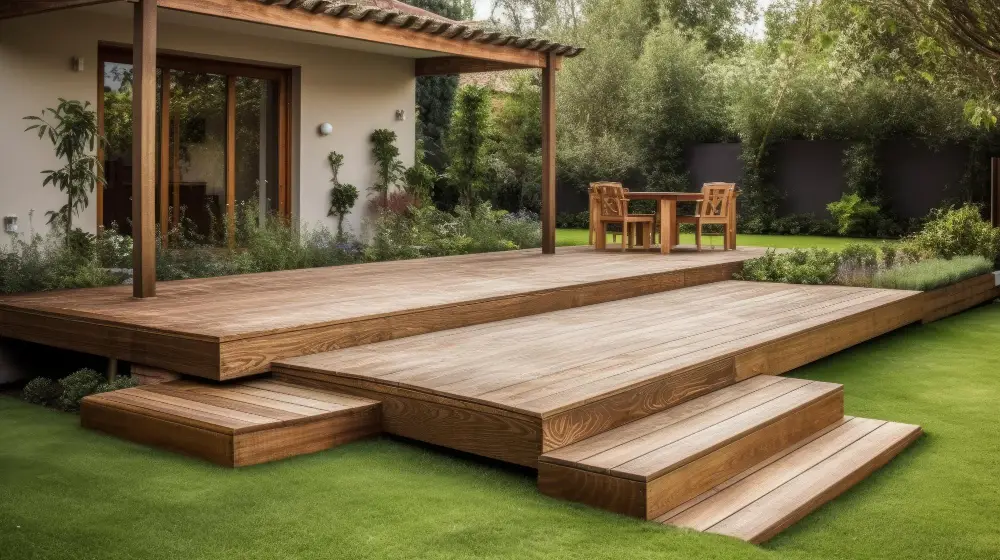
Installing outdoor kitchen cabinets requires careful planning and attention to detail in order to ensure a seamless and functional setup.
Firstly, before starting the installation process, make sure you have chosen a suitable spot for your outdoor kitchen cabinets. Consider factors such as accessibility, proximity to utilities like water and electricity, and how it will fit into your overall outdoor living space.
Next, measure the area where you plan on installing the cabinets. Accurate measurements are crucial for ensuring that your chosen cabinet size fits perfectly in its designated space.
Remember that outdoor environments can be unpredictable with uneven surfaces or obstructions like trees or rocks – so take these into account when measuring.
Once you have determined the correct size of your desired cabinet configuration based on available space and storage needs, it’s time to prepare for any necessary modifications required for using indoor cabinetry outdoors. Outdoor conditions can be harsher than indoors due to exposure from sunlight, rainwater splashes or humidity levels – so consider weatherproofing measures such as sealing gaps with silicone caulk or applying waterproof coatings if needed.
When selecting materials for your outdoor kitchen cabinets opt for those specifically designed withstand elements like moisture-resistant wood species (e.g., teak) stainless steel hardware which is rust-proofed against corrosion over time; marine-grade plywood treated against rotting caused by dampness etcetera depending upon local climate conditions.
Finally comes actual assembly: follow manufacturer instructions carefully during this step while keeping safety precautions mindfully intact throughout entire procedure! If unsure about any aspect consult professional help rather than risking damage yourself inadvertently!
Cost Comparisons: Indoor Vs. Outdoor Kitchen Cabinets

Comparing the costs of indoor and outdoor kitchen cabinets can help you make an informed decision that aligns with your budget.
Indoor kitchen cabinets are typically designed for standard indoor conditions, which means they may not be built to withstand harsh weather elements like rain, snow, or extreme temperatures. As a result, using them outside would require modifications and additional protective measures to ensure their durability.
On the other hand, outdoor kitchen cabinets are specifically designed to withstand these challenging outdoor conditions. They are constructed using materials that resist moisture damage and fading from sunlight exposure.
These specialized materials often come at a higher price point compared to traditional indoor cabinet options.
When installing outdoor kitchen cabinets in your backyard or patio area, you might need extra features such as waterproof seals or stainless steel hardware for added protection against rust and corrosion caused by exposure to water or humidity.
While it’s true that investing in high-quality outdoor cabinetry can be more expensive upfront compared to repurposing existing indoor ones for outdoors use; it’s essential also consider long-term costs associated with maintenance and replacement if you choose less durable options initially.
Proper Maintenance of Outdoor Kitchen Cabinets
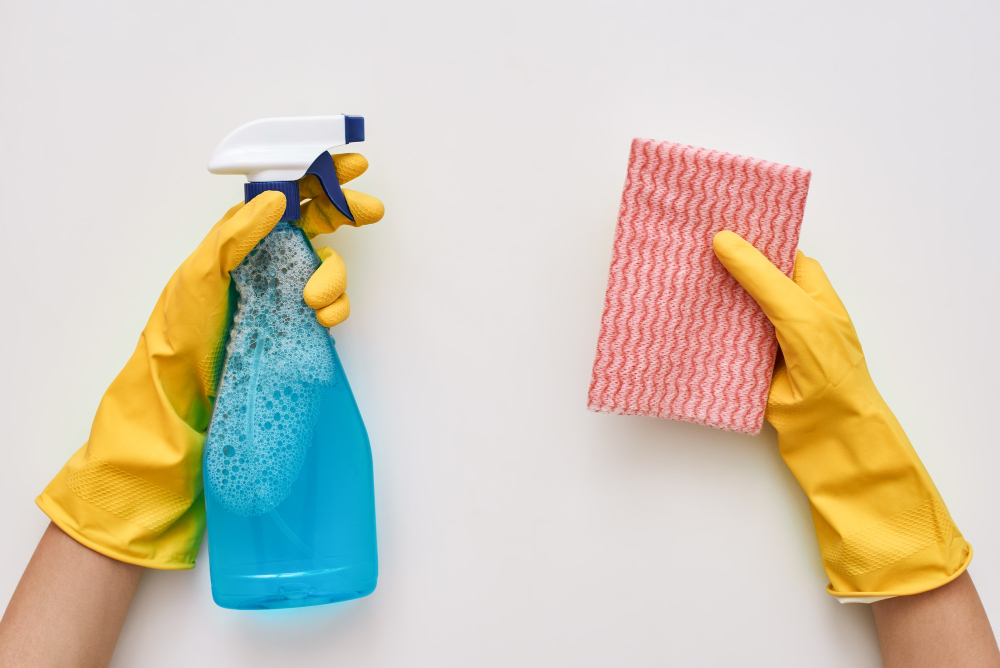
Outdoor cabinets are exposed to various elements such as sunlight, rain, and temperature fluctuations that can take a toll on their appearance and functionality over time. However, with regular maintenance and care, you can ensure that your outdoor kitchen cabinets remain in excellent condition for years to come.
To start with maintenance, it is crucial to clean your outdoor kitchen cabinets regularly. Use a mild detergent or soap mixed with water and gently scrub the surfaces using a soft cloth or sponge.
Avoid abrasive cleaners or tools that could damage the finish of the cabinet doors.
Be mindful of any stains caused by food spills or grease splatters while cooking outdoors. Promptly wipe off these stains using warm soapy water before they have a chance to set in.
Another essential aspect of maintaining outdoor kitchen cabinets is protecting them from moisture damage. Ensure proper drainage around your cabinet area by keeping gutters clear and redirecting water away from the installation site if necessary.
Furthermore, consider applying an appropriate sealant or protective coating on wooden cabinetry surfaces annually (or as recommended by the manufacturer) for added protection against moisture absorption and UV rays.
Regularly inspect all hardware components such as hinges handles for signs of wear-and-tear; tighten loose screws promptly when needed. Lastly, remember to check and adjust the alignment of doors and drawers periodically, as exposure to weather conditions may cause slight shifting over time.
By following these simple maintenance practices consistently throughout each season, you’ll be able to preserve the beauty and longevity of your outdoor kitchen cabinets.
DIY Tips for Making Outdoor Kitchen Cabinets
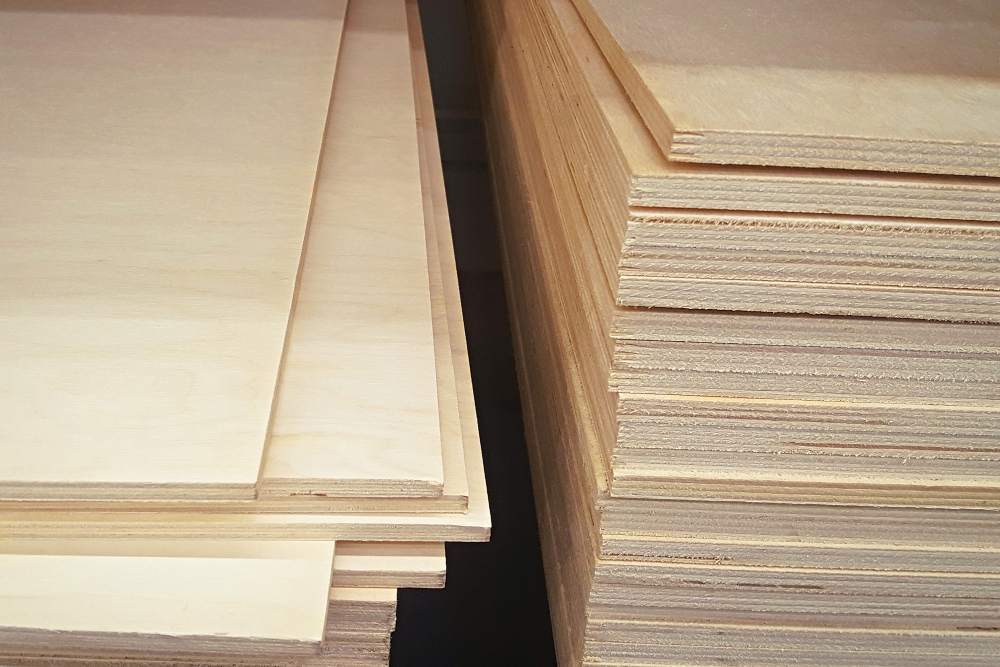
Not only will it give you the freedom to customize every aspect of your cabinets, but it can also save you some money in the process. However, before diving into this project, there are a few important tips to keep in mind.
Firstly, make sure to choose materials that are suitable for outdoor use. Opt for weather-resistant options such as marine-grade plywood or stainless steel.
These materials will withstand the elements and ensure longevity for your cabinets.
Next, carefully plan out the dimensions and layout of your cabinets based on available space and functionality requirements. Take accurate measurements and consider factors like storage needs and accessibility when designing each cabinet unit.
When assembling the cabinets, pay attention to proper joinery techniques such as using pocket screws or dowels for added strength. Consider incorporating features like adjustable shelves or pull-out drawers that maximize storage efficiency.
To protect your DIY outdoor kitchen cabinets from moisture damage caused by rain or humidity fluctuations throughout different seasons, apply multiple coats of waterproof sealant specifically designed for exterior use. This step is crucial in ensuring their durability over time.
Lastly, consider adding extra protection against pests by installing insect screens behind ventilation openings to prevent critters from nesting inside your newly built cabinetry. These small details can go a long way in maintaining both functionality and aesthetics while keeping unwanted visitors at bay.
By following these DIY tips, you’ll be well-equipped with knowledge to embark on creating custom-made outdoor kitchen cabinetry that suits both style preferences and practical needs.
Creative Design Ideas for Outdoor Kitchen Cabinets
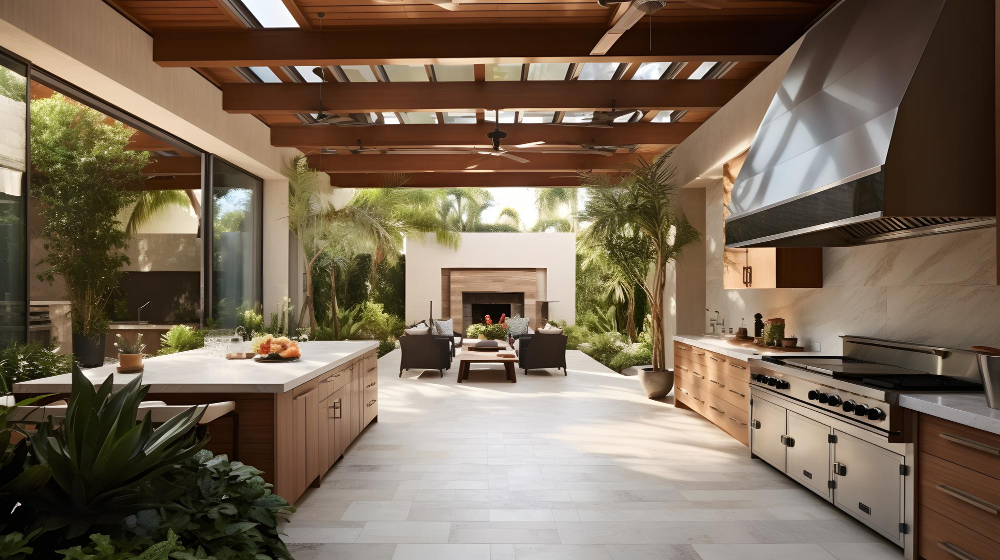
With a little creativity and imagination, you can transform your outdoor space into a stylish and functional oasis. Here are some creative design ideas to inspire you:
1. Colorful Accents: Add a pop of color to your outdoor kitchen cabinets by incorporating vibrant hues like turquoise, yellow, or coral.
This will instantly liven up the space and create an inviting atmosphere.
2. Open Shelving: Consider opting for open shelving instead of traditional closed cabinets for a more modern look.
Displaying colorful plates, glasses, or even potted plants on these shelves can add personality while keeping everything within easy reach.
3. Rustic Charm: If you prefer a more rustic aesthetic in your outdoor space, consider using reclaimed wood for your cabinet doors or adding distressed finishes that give them an aged appearance.
4. Glass Fronts: For those who want to showcase their beautiful dishware or decorative items while still protecting them from the elements, glass-fronted cabinet doors offer both functionality and style.
- Outdoor Bar Setup : Incorporate built-in wine racks or mini-fridges into your outdoor kitchen cabinetry for convenient access to beverages during gatherings with friends and family.
- Vertical Gardens : Create vertical gardens by attaching planter boxes directly onto the sides of select upper cabinets.This not only adds greenery but also maximizes limited space in smaller areas.
- Remember that when designing your outdoor kitchen cabinets’ aesthetics should be balanced with practicality.Choose materials that are weather-resistant such as stainless steel , teak wood ,or marine-grade polymer which ensures durability against harsh elements
Concluding Thoughts On Outdoor Kitchen Cabinets
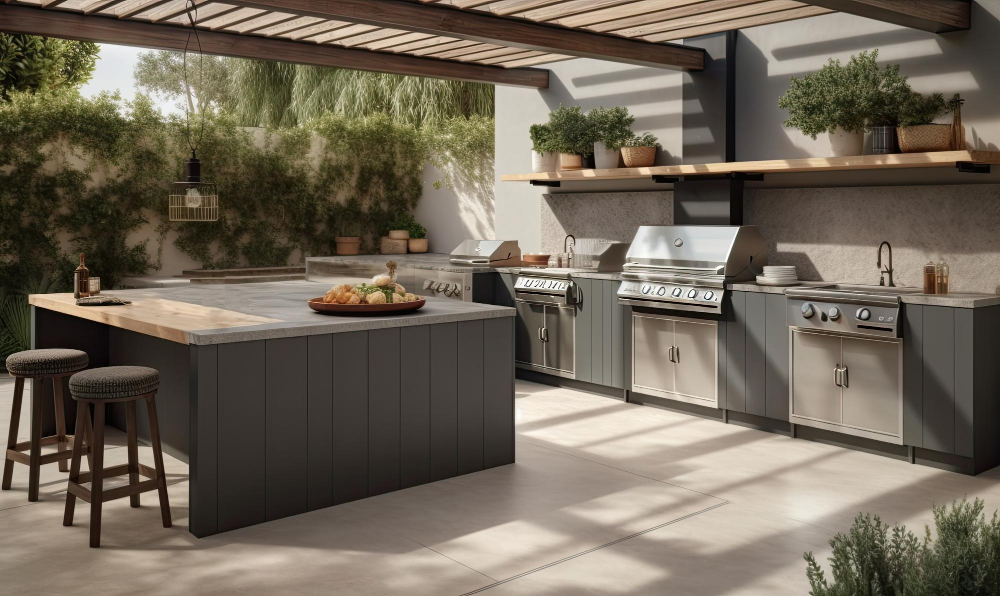
While it may require some modifications and careful consideration, the benefits are well worth it. By repurposing indoor kitchen cabinets or investing in specially designed outdoor options, you can create a functional and stylish storage solution that seamlessly blends with your outdoor decor.
Remember to prioritize weather-resistant materials such as stainless steel or marine-grade polymer to ensure longevity and durability against the elements. Consider factors like proper installation techniques, security measures, and regular maintenance to keep your outdoor kitchen cabinets looking their best.
Whether you’re envisioning an elaborate outdoor cooking area or simply seeking additional storage for gardening tools and pool supplies, incorporating kitchen cabinets into your exterior design adds convenience while elevating the overall aesthetic appeal of your space.
So go ahead – unleash your creativity! With proper planning and attention to detail when using kitchen cabinets outdoors, you’ll transform any ordinary backyard into an extraordinary oasis that is both functional and visually stunning. Enjoy entertaining guests under starlit skies while effortlessly accessing all essentials within arm’s reach!
Embrace this innovative approach in home decorating by bringing indoor functionality outside – because why limit yourself when it comes to creating beautiful spaces? Let these concluding thoughts inspire you as you embark on designing an exceptional alfresco experience with versatile yet stylishly practical outdoor kitchen cabinetry solutions!
FAQ
Can you use normal kitchen cabinets in an outdoor kitchen?
Yes, you can use normal kitchen cabinets made of wood in an outdoor kitchen as they can be customized with paint or stain.
How do you weatherproof outdoor kitchen cabinets?
To weatherproof outdoor kitchen cabinets, apply a sealant or varnish to guard against storms and UV rays, reapply as necessary, or consider using waterproof cabinets from the beginning.
Can you put cabinets outside?
Yes, cabinets can be placed outside, especially when constructed or purchased with appropriate materials like brick, stucco, block, stainless steel, or polymer that can withstand the elements.
What kind of cabinets do you use for outdoor kitchen?
The best type of cabinets for an outdoor kitchen is high-density polyethylene (HDPE), a marine-grade polymer known for its weatherproof capabilities and durability.
What materials are best suited for outdoor kitchen cabinets?
Stainless steel, teak, bamboo, and other weather-resistant woods are the best materials suited for outdoor kitchen cabinets.
How do you maintain and clean outdoor kitchen cabinets?
Maintaining and cleaning outdoor kitchen cabinets involves regular dusting, washing with mild soap and warm water, and treating with a weather-resistant finish for protection.
What are the potential problems if indoor cabinets are used outdoors?
The potential problems if indoor cabinets are used outdoors include damage due to exposure to weather conditions, humidity, temperature fluctuations, and pests.
